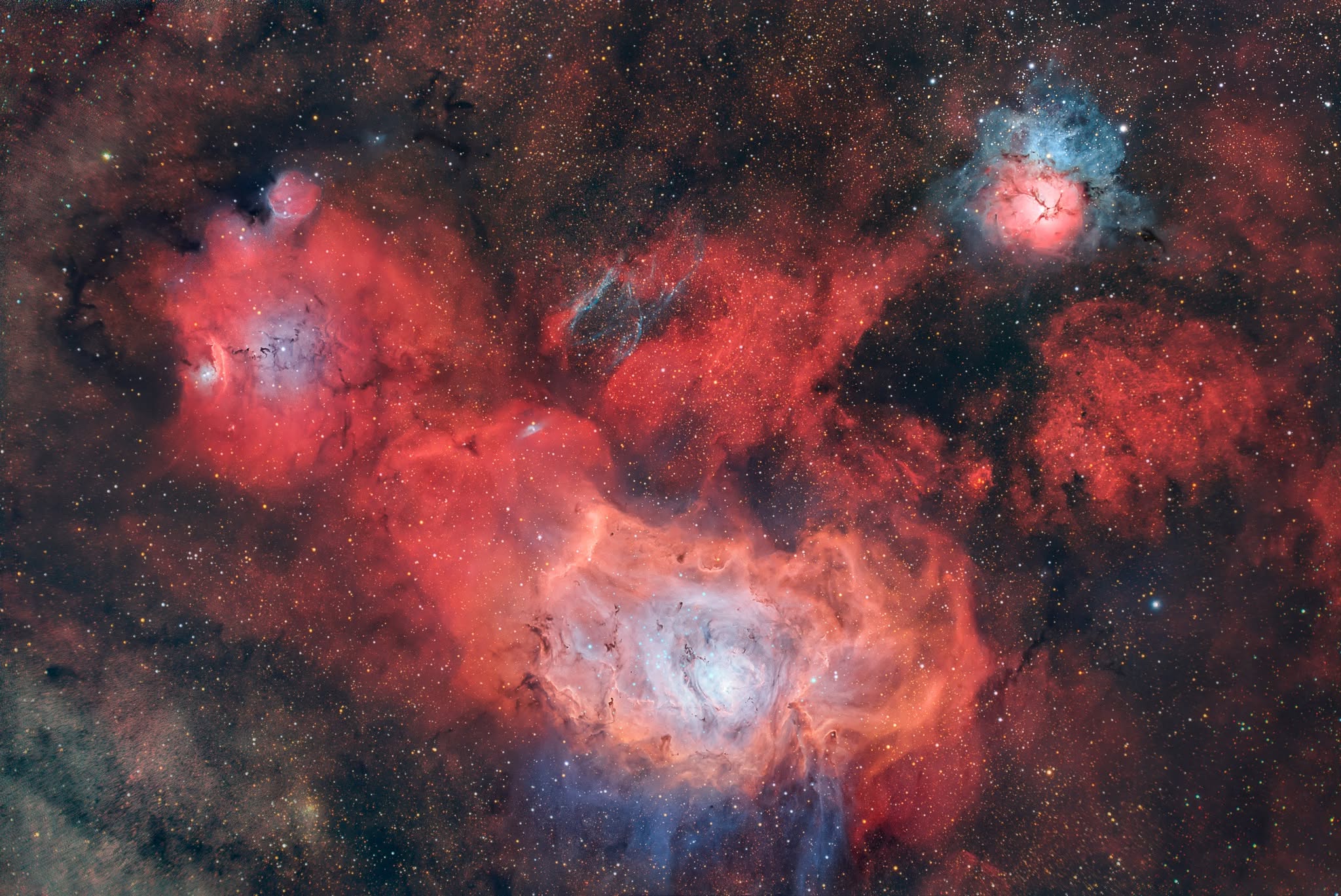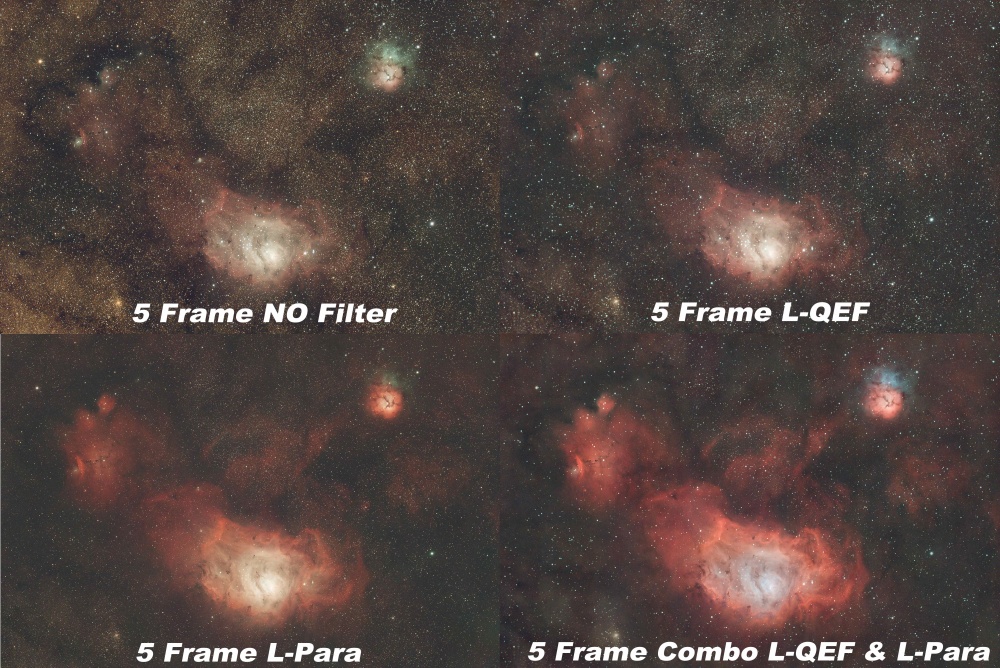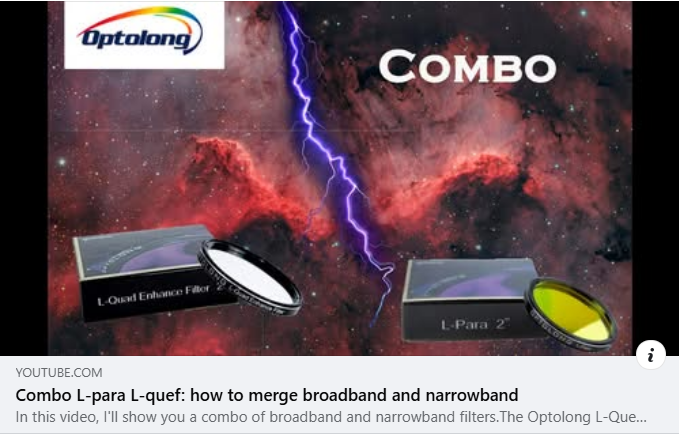Combo L-Para L-QEF: how to merge broadband and narrowband
Combo L-Para L-QEF: how to merge broadband and narrowband
Credit: Gianni Lacroce
Imaging object: The Lagoon Nebula M8
The Lagoon Nebula M8 is a diffuse nebula in the constellation Sagittarius. It is one of the brightest regions in the sky and is visible to the naked eye on clear, dark nights.
One of the main features of the Lagoon Nebula is the presence of small black spots known as Bok globules, which are protostellar clouds.
The brightest region of the nebula, at the centre of the Lagoon, is known as the Hourglass Nebula and is a region of intense star formation.
The Trifid Nebula M20 on the right is a well-known star-forming region and is made up of three different types of cosmic clouds: reddish emission nebulae, blue reflection nebulae (produced by dust reflecting starlight), and dark nebulae, including the central one divided into three dense bands of dust, hence the name Trifid.
NGC 6559 on the left features both red emission and bluish reflection regions.
This image is the result of two shots, one broadband and one narrowband, for a total of almost 30 hours, a combination of two l-quef and l-para filters to amplify the signal and detail of the nebulae.

Imaging telescope: Askar fra600 reduced to f3.9
Imaging camera: Zwo Asi 2600 mc duo
Mount: Zwo Am5
Optolong L-Para and L-QEF filters
There are the unfiltered frame, the L-QEF filtered frame, and the L-Para filtered frame.

How it's possible to manage the potential of broadband and narrowband filters and merge them together to be able to manage a single photo that has characteristics that combine both filters?
Click below link and review the video for more details, more know-how and technics than your expecting.
In this video, Gianni will show you a combo of broadband and narrowband filters.
The Optolong L-Quef filter helps us with broadband imaging, while the Optolong L-Para filter, the latest product for dual narrowband photography, helps us improve image quality.
In this video, we'll look at how to best use the filters in our setup, the complete processing, and the merging process between broadband sessions with the L-Quef filter and narrowband sessions with the L-Para filter. We'll also offer several tests to see how combining these two filters can be truly interesting.
Have you ever combined channels from different filters? In this video, Gianni will show you how to do it in detail using Pixinsight and Photoshop.
Hope it can help. Hope you like it.






